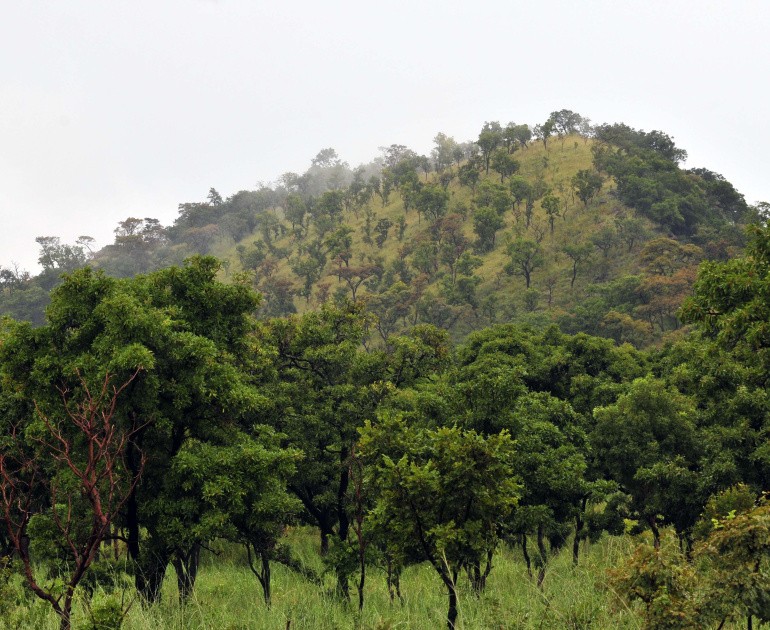Abstract
- Modern maize varieties represented less than 5% of the maize area in the 1970s but accounted for about 60% in 2005.
- According to FAO data, yields increased from as low as 0.88 t/ha in 1971 to over 2 t/ha in 2005, with an average growth rate of 2% per year; the area of land sown to maize increased by over 3% annually over the same period.
- The estimated number of people moved out of poverty through adoption of new maize varieties rose gradually during the 1980s to reach more than one million per year during the past ten years.
- A total of US$308 million was invested in maize research between 1971 and 2005; international maize research accounted for about 66% (US$204 million) of this investment.
Citation
ISPC, SPIA. 2010. Improved maize benefits millions of Africa's poor. Impact Brief No. 34
Author(s)
ISPC, SPIA


